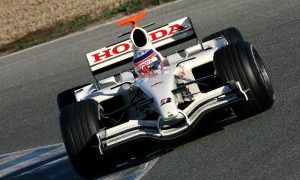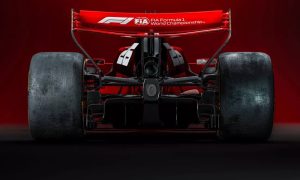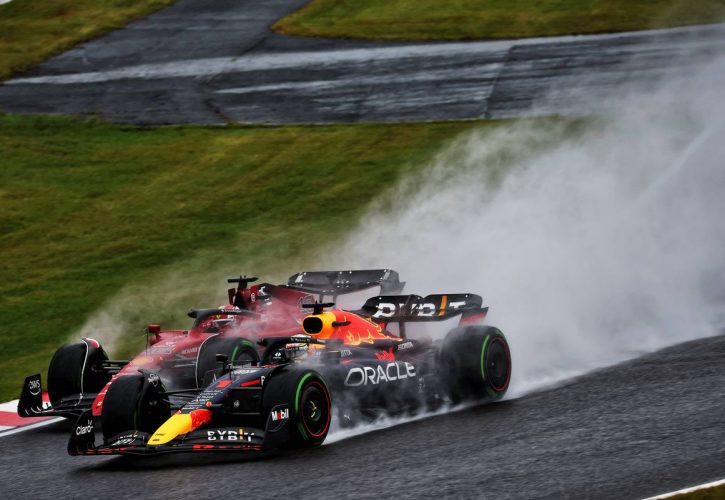
The FIA's single-seater technical director Nikolas Tombazis has been giving more details about the governing body's plans to introduce new wet weather wheel arches - possibly as early as the second half of the 2023 season.
The initiative is in response to the embarrassing events of last year's Belgian Grand Prix, where rain made it impossible to hold the race in safe conditions and the event terminated after a handful of laps behind the safety car.
"Spa in 2021 still left scars on the sport because it was very unfortunate circumstance," Tombazis acknowledged. "It would have been ten times worse, I think, if we'd gone all the way to Japan and had to pack up and come back.
"We really need to avoid that." he continued. "We have so many people watching, spectators paying tickets, teams travelling all over the world - that to then suddenly say we can't race is not very responsible of us."
While the wet weather tyres are unpopular with the drivers, the main problem on such occasions is actually water spray, where the tyres of leading cars throw up so much water into the air that it leaves those behind with zero visibility.
The FIA is looking into proposals to fit wheel covers onto cars for wet weather races, which will dramatically reduce the amount of water spray and make it safe to start the race after heavy rain.
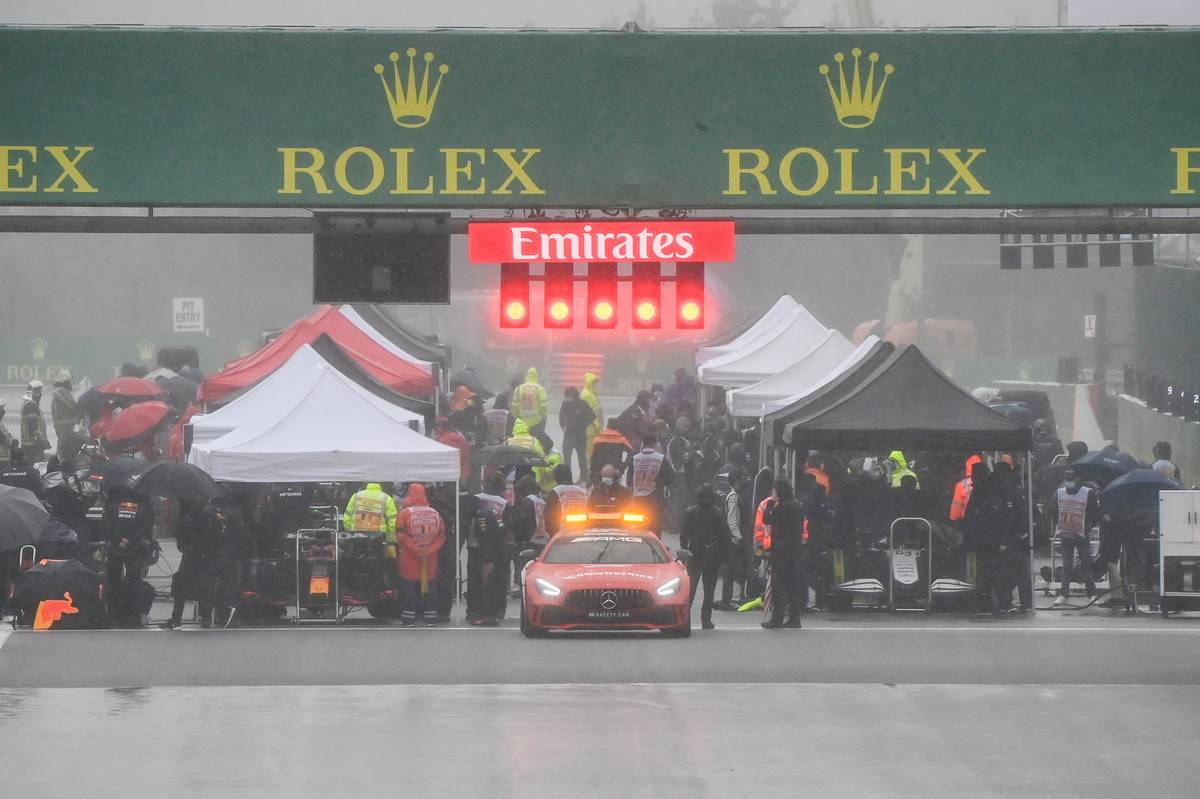
Prototype versions of the new arches could be ready to race as early as the second half of next season, although it's believed that 2024 is the more likely scenario.
"We only think it's going to be something that gets used on a couple of occasions a year," explained Tombazis. "Maybe three, that sort of thing.
"I think it will bring the raceable conditions from what is maybe currently intermediate tyres, as you almost never race with the wet tyres.
"I think it'll bring it well into the wet tyre territory," he suggested. "We don't want it to be that every time there's a drop of rain, then suddenly you have to fit these things.
"Also, we would not be asking for them to be fitted or removed in a rush," he added. "Their fitting or removal would either be before a race or during a red flag. If a race starts very wet and gets dry, they would stay on.
"I'm expecting that it's going to be a maybe 50 per cent improvement kind of thing," he noted.
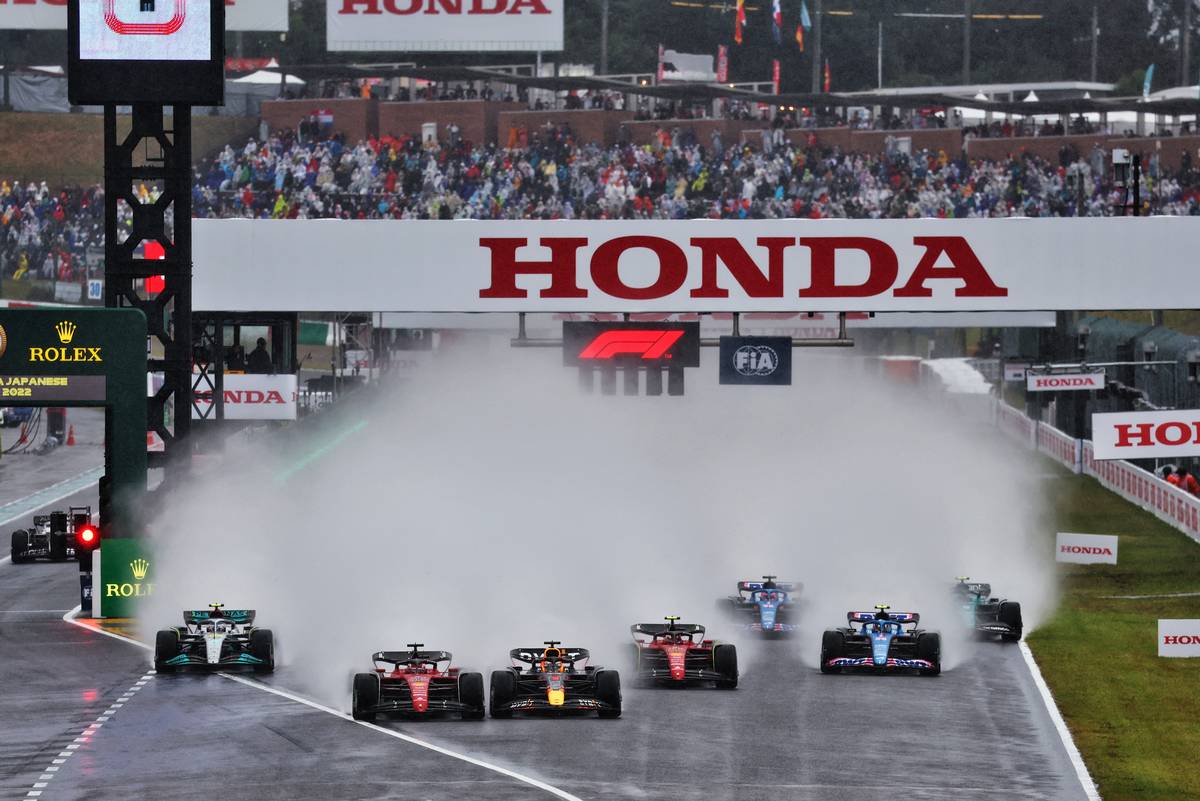
So far the FIA team is relying on computer simulations to guide the design of the new arches and to assess how well they might work, but it will also need real world testing at some point.
"We have done a lot of CFD [computer fluid dynamics] simulations, because we want to make sure the effect of these devices is relatively small on the overall aerodynamics," Tombazis said.
"There still is an effect, but not a massive one," he noted. "Also, we are simulating the droplets of the rain and so on, and seeing how it affects spray.
"What is a bit of a challenge in the simulations is to determine the relative proportion of what comes from the diffuser to what comes from the tyres.
"Once we have a solution, we'll get to do some prototypes and run them on some cars to try and evaluate that properly."
Gallery: The beautiful wives and girlfriends of F1 drivers
Keep up to date with all the F1 news via Facebook and Twitter



